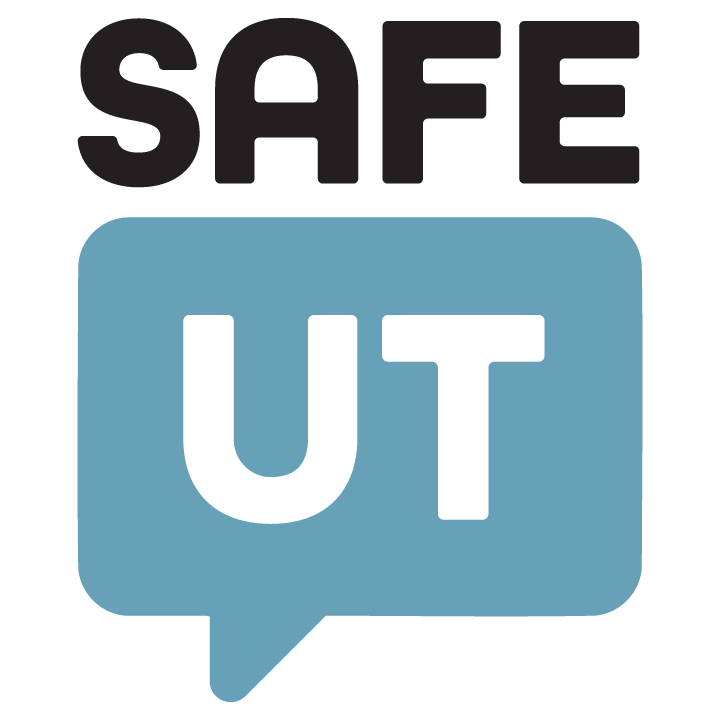
Utah School Safety Framework
USBE, in coordination with stakeholders, has made School Safety a board priority. The Utah School Safety Framework includes 9 Conditions that schools may follow to create comprehensive safe and healthy school policies, plans, protocols, and partnerships. The information included in this website has been a result of intensive collaboration with multiple state agencies, research from national organizations, and input from Utah educators, parents, and students. In addition, this resource, the School Safety Playbook.
1. Establishing a Positive and Supportive School Culture Resources Establishing a positive and supportive school culture for every student is of utmost importance. Building a supportive school culture will lead to a positive school climate, where every student can learn. This page will provide resources to assist in building a positive school culture and climate.
2. Attending to School-based Mental Health Resources School-based Mental Health (SBMH) encompasses promoting wellness, social, emotional, and behavioral health, and coping skills necessary for meeting life's challenges. The mission and purpose of schools is learning and having comprehensive school-based mental health services contributes to those outcomes
3. Securing the Building, Grounds and Transportation Resources This section of the agency helps provide resources for construction, facility safety and transportation.
4. Screening, Training, and Supporting School Staff Resources Screening, training, and supporting school staff are foundational elements in creating safe and healthy schools. State rule requires the screening of employees and volunteers that work with students.
5. Mitigating Student Safe School Violations Resources Creating a safe school environment requires a comprehensive approach directed toward mitigating safe school violations and providing targeted interventions for students. Schools have the right and responsibility to be spaces of learning where every student has the opportunity to learn in an environment that is safe, conducive to the learning process, and free from unnecessary disruption.
6. Providing Digital Safety Measures Resources Technology serves many purposes in the field of education such as to support learning and to store data. Schools have unique needs and challenges when it comes to safety and security. All of these factors must be considered when choosing the right digital safety measures.
7. Developing Community Prevention and Response Partnerships Resources Utah provides an abundance of resources for its community members across the spectrum to promote safe and healthy schools. With Utah-specific resources such as Live On, the Utah Department of Health and Human Services, and SafeUT, our goal is to support each individual's needs.
8. Crisis Response and Emergency Response Protocol Resources Crisis and emergency response protocols are built around the physical and psychological best practices for anyone who communicates on behalf of a school in response to a public health emergency. Emergencies can affect a community in a number of ways from natural disasters, to lockdowns, or a death of a student or faculty member.
9. Student Health Services Resources The Utah State Board of Education (USBE) recognizes the crucial link between student health and academic success. To attend school safely and thrive in the learning environment, students require access to comprehensive health services.
The SafeUT application operates 24/7 and allows individuals in crisis to connect instantly
with a masters-level counselor through chat or phone call. An individual can also
submit a tip through the SafeUT application if they are concerned about another student
or a possible threat to their school. The SafeUT program is funded through the Utah
State Legislature and the services are provided by the Huntsman Mental Health Institute
(HMHI) at the University of Utah.
School Safety and Student Services Teams
Prevention
Prevention section within USBE In collaboration with families, educators, and communities, the USBE Prevention team works to identify and decrease risk factors, increase protective factors, and provide students with equitable access to resources in a safe environment that will help them thrive. This collective effort aims to foster student well-being and success across all stages of life. The prevention specialists at the Utah State Board of Education are now working together on all prevention related matters. Please send any prevention related requests to prevention@schools.utah.gov.
School Safety Center
School Safety Center section within USBE The School Safety Center works together to strengthen school safety efforts through technical assistance, developing resources, training, and materials for school safety.
Rhett Larsen
School Safety Center Coordinator
Phone: (801) 538-7997 | Email
Melissa Muhlestein
Executive Secretary
Phone: (385) 295-7931 | Email
Student Services
Student Services section within USBE Our student services team works with families, educators, and community partners to help students navigate their educational experience through academic support, mental and behavioral health services, and nursing and wellness intervention.
Holly Bell
Student and Family Rights Specialist
Phone: (801) 538-7828 |Email
Becca Rae
Behavior Support / Bullying
Prevention Specialist
Phone: (801) 538-7667 | Email
Contact Us
If you have any questions, please feel free to contact the teams within School Safety and Student Services.
Rvsd. 11/24/25

